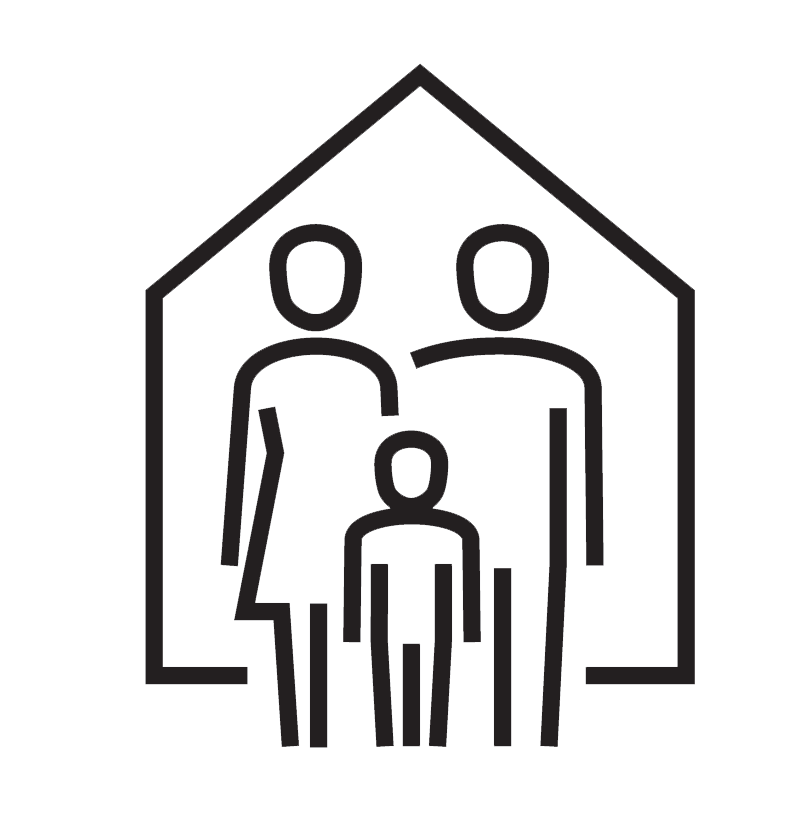Households

Median Income
When all the household earnings are lined up from lowest to highest, the median represents the income of the middle household.
This graph shows the range of income disparities that exists by town in the region.
In Western region, median income ranges greatly by town, from about
$48,787 in Waterbury up to $160,258 in Ridgefield.
Most towns in the region have median household income higher than that of the state (about $83,572 Median household income in 2021 dollars, 2017-2021),
and in 24 towns it exceeds $100,000.
Cost-burdened Households
Percent of Households in Each Town
Households are considered cost-burdened if they spend over 30% of their income on housing costs.
Unemployment
Unemployment rates provide some idea of whether people are actively working.
In the Western region, the unemployment rate is slightly below the state average.
This means the share of people working or looking for work is holding steady compared with all of Connecticut.
The unemployment rate for the region masks some inequality across towns.
There are about 332,203 people, or 53% of the total regional
population that are considered in the labor force. Of those,
318,420 are employed, and 13,783 (≈ 4.1%) are unemployed.
Single-Parent Families

Households with one parent are at a disadvantage in a few ways when compared with two-parent households. There are fewer earners which means less income to spend on basic needs. There is a greater need for childcare to make sure adults can work and childcare comes at a great cost. ACS 2017 - 2021 data below.
20%
of families in Western region are single-parent
With 38,819 single-parent families, Western region's
rate of single-parent households is 7% below state average of 27%.
Bridgewater, Hartland, Middlebury, Oxford, Redding, Ridgefield, and Roxbury have some of the lowest rates of single-parent families in the region, not exceeding 12%.
Danbury, Naugatuck, and Watertown have rates between 25% and 30%.
47%
of families in Waterbury are single-parent
 This data story was developed with support from the CONNECTing Children and Families to Care,
a statewide initiative to create a partnership between families, state agencies, and
service providers at the local, regional, and state levels. To learn more about this project,
watch a
This data story was developed with support from the CONNECTing Children and Families to Care,
a statewide initiative to create a partnership between families, state agencies, and
service providers at the local, regional, and state levels. To learn more about this project,
watch a